Portion Size Guide For Weight Loss & Healthy Eating
A Guide to Help You Measure The Correct Portion Sizes To Reach Your Calorie Intake And Weight Loss Goals. We Break Down The 5 Food Categories to Make It Easy To Measure What You Eat.
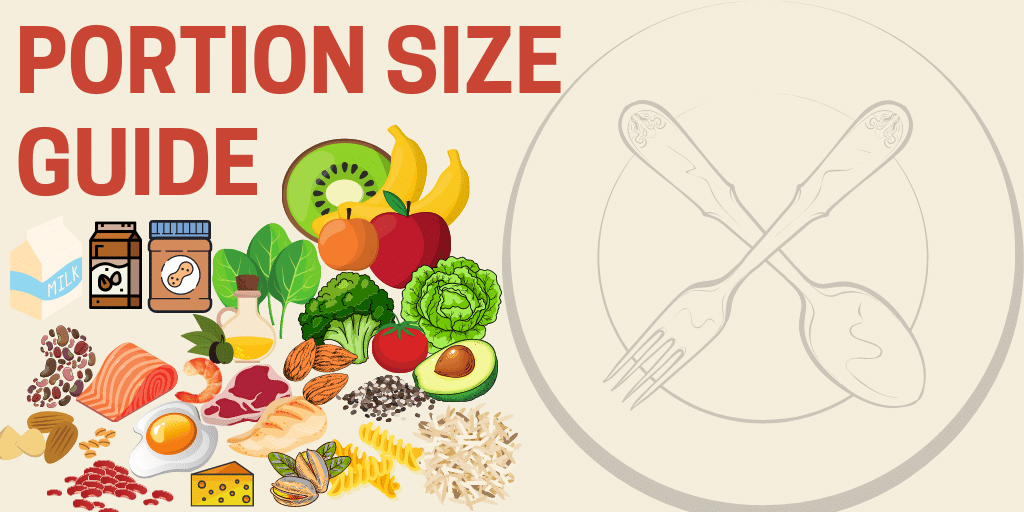
Portion Size Guide For Weight Loss & Healthy Eating
In This Article:
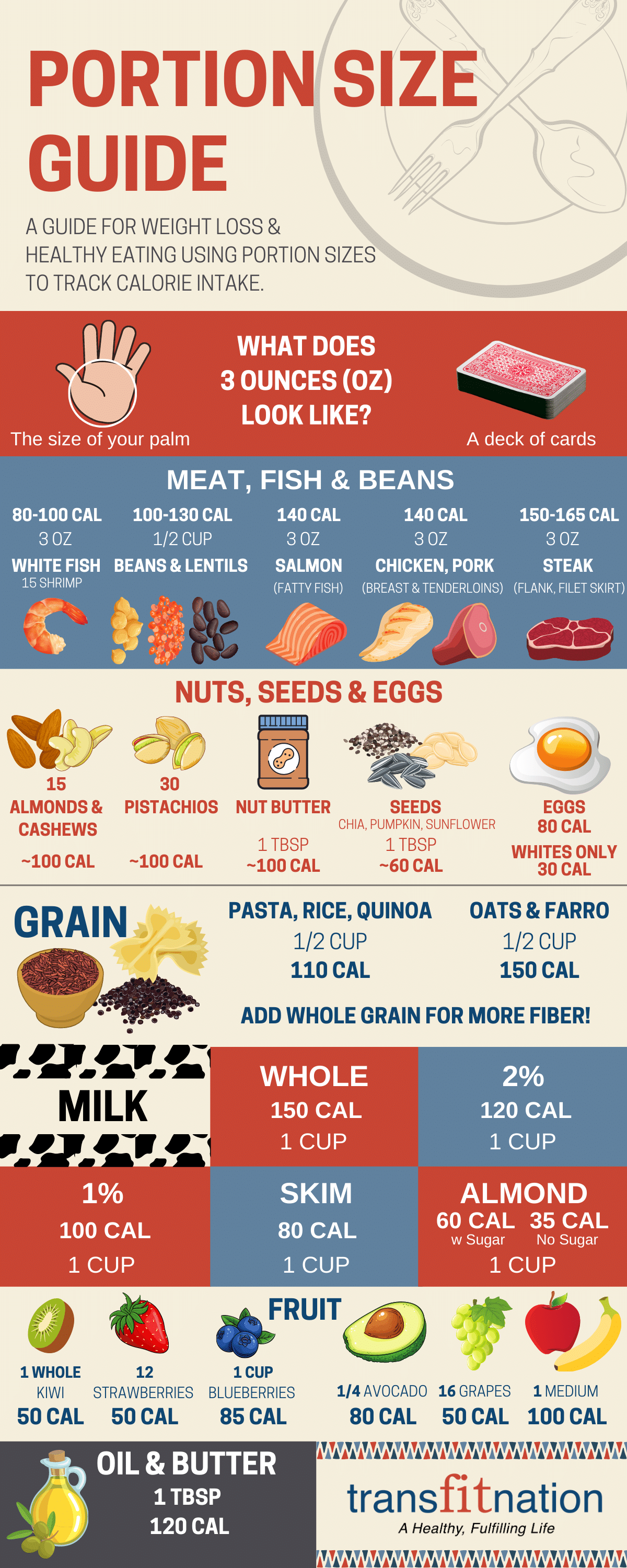
What Does 3 Ounces Look Like?
Depending on the size of your hand, your palm should be a good estimate of 3-4 ounces of food. A deck of cards is another example of the size and thickness for 3 ounces of food.
What Is The Right Portion Size For Me?
Your portion size and calorie limits depends on your goals. Calculate the calories needed to reach your goals using our Calorie Intake Plan For Weight Loss, Gains & Maintenance. If you have a weight loss goal, aim for three 300-400 calorie meals (for women) & three 500-600 calorie meals (for men) per day. Use the food categories below to build your meals – try to include 3+ food categories for each meal. As an example for meat, fish and beans, women can have 1 palm (3 ounces ~140 calories) & men can have 2 palms (6 ounces ~ 280 calories) worth of food from this category. The remaining calories can be made up food including whole grains, non-starchy vegetables, fruits, milk, and oil/butter.
Meat, Fish & Beans
Meat, fish, and beans are excellent sources of protein to include in your diet. When comparing the calories in 3 ounces of meat and fish, this is the order in increasing calories: White Fish & Shrimp (80-100 calories) < Salmon (140 calories) < Chicken Breast & Pork Tenderloins (140 calories) < Flank, Filet Mignon & Skirt Steak (150-165 calories).
HEALTHY TIP: To reduce the calories per ounce in meat, choose leaner cuts and remove excess fat and skin before cooking.
Beans are a great vegetarian source of protein. Beans and lentils are around 100-130 calories per 1/2 cup. Examples include black beans, kidney beans, garbanzo beans (chickpeas), soybeans, & lentils.
Nuts, seeds and eggs are additional sources of protein. Due to their heathy fat content, they are more calorie dense. For weight loss, it is important to measure the portion size correctly to prevent overeating.
Examples of 100 calories nut portions include: 15 almonds, 15 cashews and 30 pistachios.
Nut butter, such as peanut or almond butter, is around 100 calories per tablespoon.
1 tablespoon of seeds is around 60 calories. Examples of seeds include chia seeds, pumpkin seeds, sunflower seeds, flaxseed, and hempseed. Seeds can be a great addition to a salad, smoothie or cereal for extra protein and healthy fat!
Eggs are 80 calories per egg with the yolk. To reduce calories try adding egg whites (without the yolk), which are only 30 calories per egg.
Grain
Grain is an important source of fiber and energy in our diets. The fiber in grain can lower our blood sugar levels and helps keep us full for longer periods of time. Examples of whole grain include whole wheat pasta, briwn rice, farro, quinoa, multi-grain bread, and oats.
Pasta, rice and quinoa are 110 calories per 1/2 cup.
Oats & farro are 150 calories per 1/2 cup.
Be sure to measure your grains before eating to stay on track within your daily calorie limits for weight loss.
Milk
Not all milk is equal when it comes to calories. The fat content of the milk plays a role in the calorie density of milk. For example, whole milk is 150 calories, 2% milk is 120 calories, 1% milk is 100 calories, and skim milk is 80 calories per cup. Lower % fat milk contains less calories. This also applies to cheese and yoghurt. Opt for fat-free/skim milk, fat-free cheese and fat-free yoghurt to reduce the calorie content of your food to speed up your weight loss.
Fruit
Fruit contains many nutrients and fiber that are essential for healthy eating. Include fruit in your diet as a snack or a healthy addition to a meal. Examples include 1 kiwi (50 calories), 12 strawberries (50 calories), 1 cup blueberries (85 calories), 1/4 avocado (80 calories), 16 grapes (50 calories), 1 medium apple or banana (100 calories).
The USDA recommends 1-2 cups of fruit per day in a healthy diet. It is important to measure your fruit to stay within the recommended limits. Too much fruit, especially in the form of smoothies, can lead to an increase in body fat storage due to the increased sugar content.
Oil & Butter
It is important to remember that oil and butter add extra calories to our meals. Every tablespoon of oil or butter is worth 120 calories. Remember to measure and look at the nutrition labels for dressings and sauces when calculating the total calories for each meal.
Start Your Transformation Today With A Free Training Session
Related Articles:
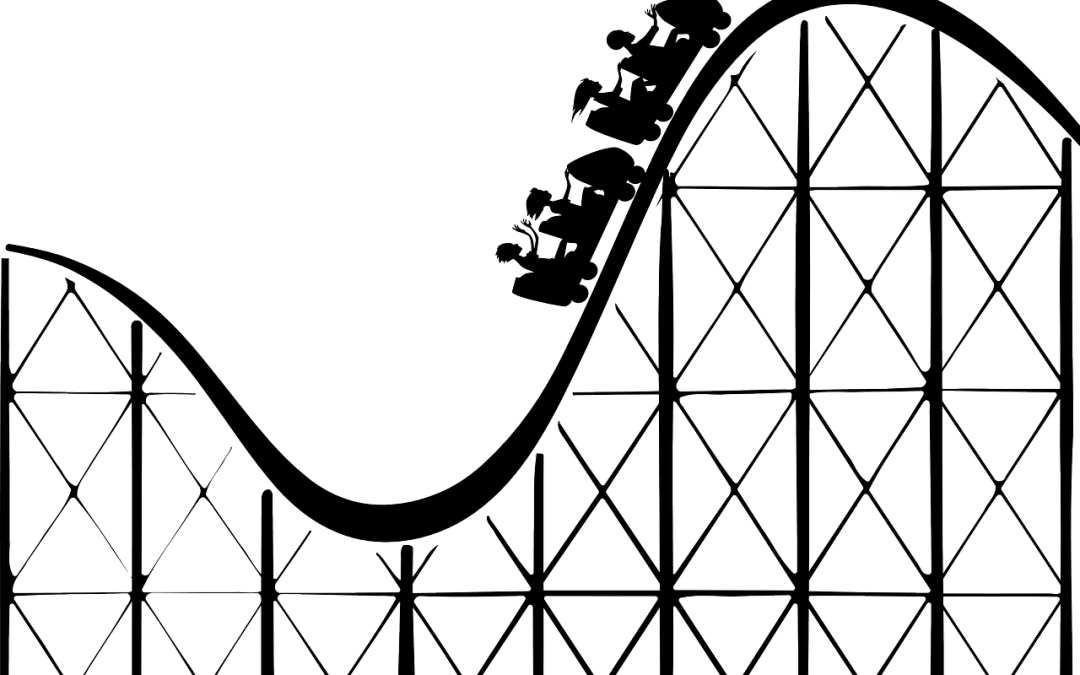
5 Effective Ways To Burn Body Fat, Reduce Hunger & Lose Weight
Do you struggle to burn body fat and lose weight? By making small changes to your eating habits, you will see how easy it is to burn body fat, reduce hunger and...
2 Powerful Tools For Meal Planning: Meal Timing & Tracking
In this article, we aim to provide you with tips and tricks to help you “perfect” your diet/meal plan through meal timing and tracking.2 Powerful Tools For Meal...
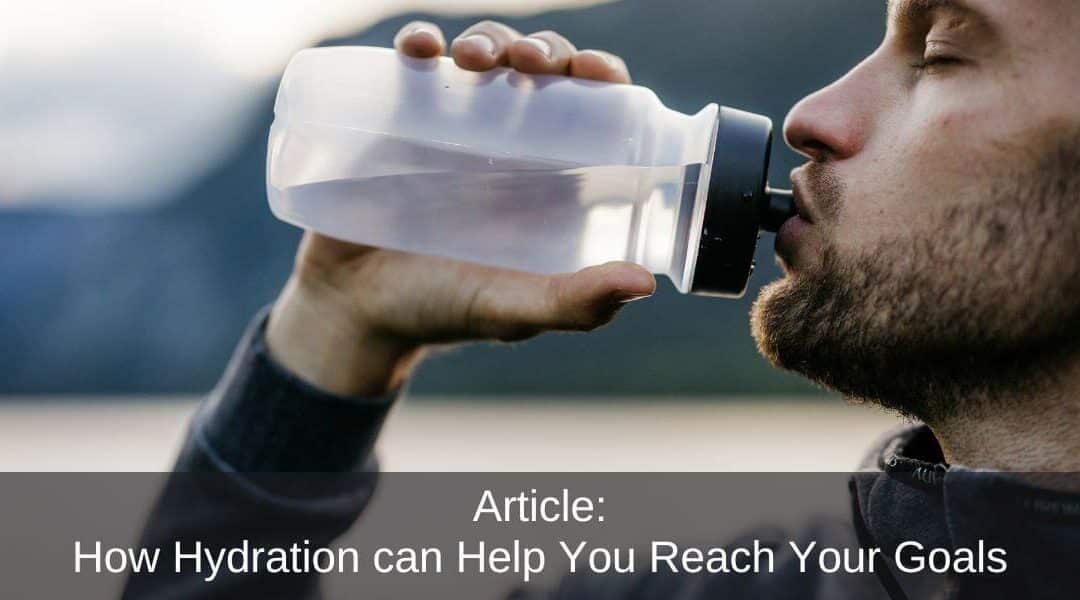
How Staying Hydrated Can Help You Reach Your Fitness Goals
Hydration offers many well-known health benefits, such as regulating body temperature, lubricating joints, and protecting the spinal cord and sensitive tissues in...
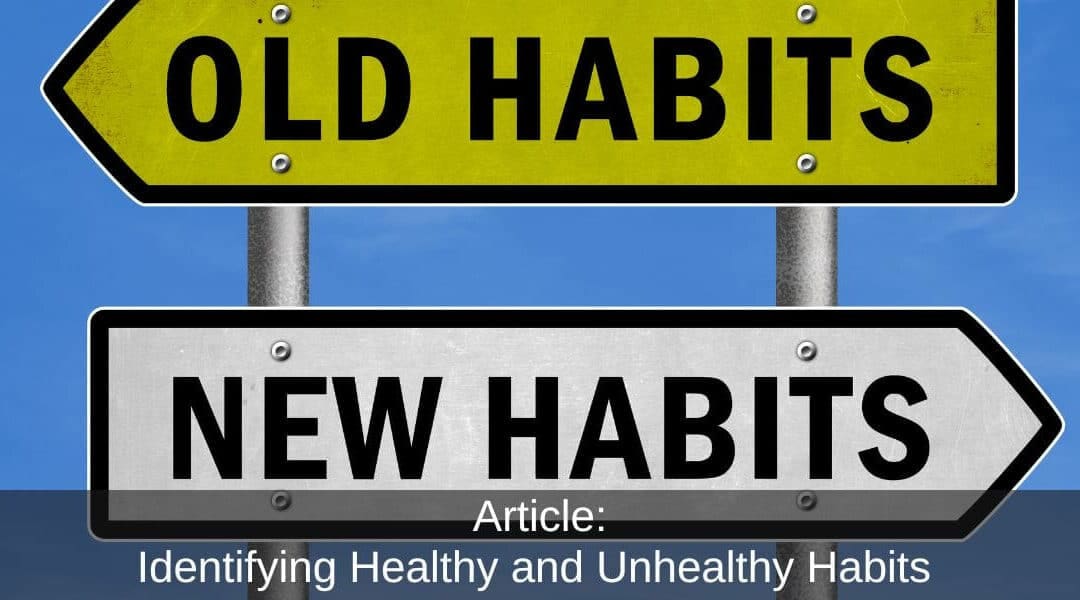
Identifying Healthy and Unhealthy Habits
A person's habits are the window into how they live their lives and what they value. This is why identifying unhealthy habits and working to transform them into...

9 Best Exercises Before Shoveling Snow
Use These 9 Essential Exercises Before Shoveling Snow To Reduce Back Pain & Prevent Injuries. Warm Up Your Body & Use The Right Lifting Techniques To Make Shoveling Snow Safe & Productive.
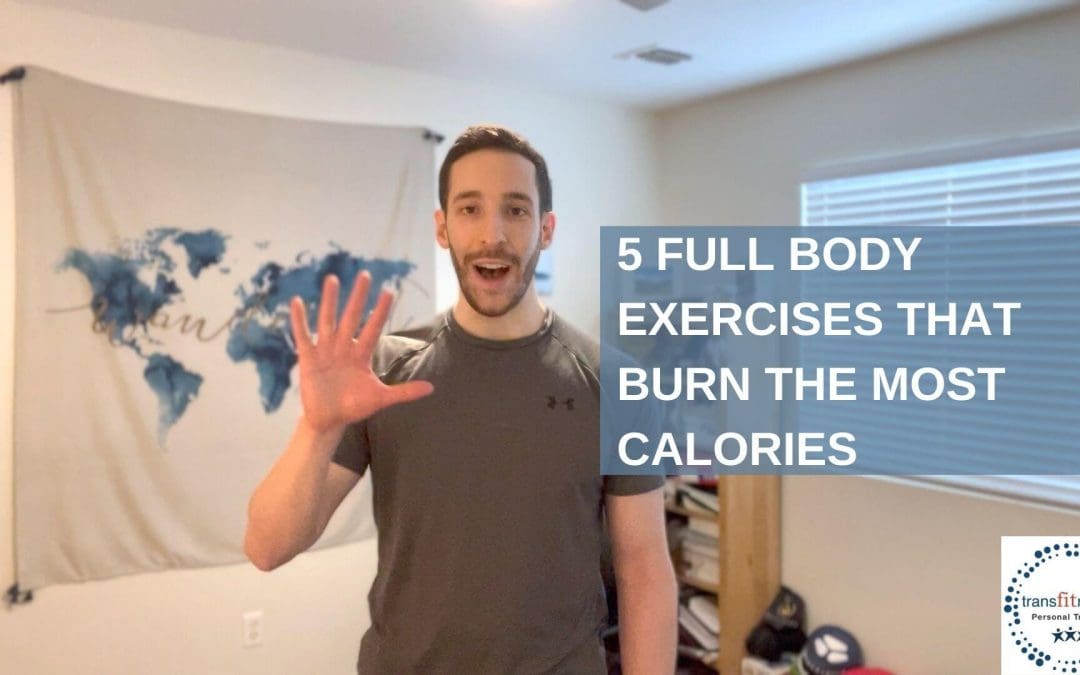
5 Full Body Exercises That Burn The Most Calories
Here Is A Workout With 5 Full-Body Exercises To Burn Body Fat, Build Muscle, And Burn The Most Calories!5 Full Body Exercises That Burn The Most Calories Dumbbell...

Stephan Reyes Named Person of the Year 2023
Stephan Reyes was honored as TBR News Media's Person of the Year for 2023. Stephan's commitment goes beyond early morning sessions. He strives for holistic...
